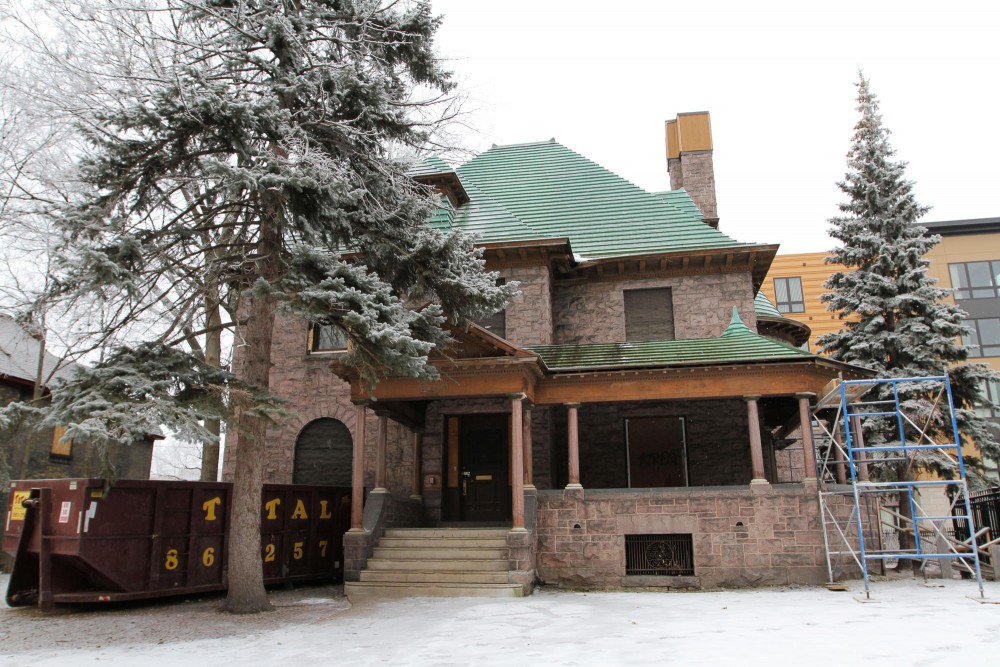From aristocrats to squatters, the Henry B. Frey mansion in Dinkytown has seen many owners, but it may soon become a center for American Indian culture.
The American Indian Movement Interpretive Center will be a cultural hub cradling 6,000-square feet of artifacts, artwork and original documents.
âÄúWhen [visitors] walk out the backdoor theyâÄôll know everything they ever wanted to know about Indian people,âÄù said Clyde Bellecourt, an AIM founder and the centerâÄôs executive director.
But the project is still in fundraising stages. The cost of renovating the 120-year-old building and the centerâÄôs first-year operations will total an estimated $5.5 million.
The centerâÄôs board of directors is currently seeking funds through this yearâÄôs bonding bill in the state Legislature, said Laura Wittstock, AIMâÄôs capital campaign consultant. The project was not listed on Gov. Mark DaytonâÄòs proposed bill.
Wittstock said if legislative funding doesnâÄôt come through, the board of directors will have to decide whether or not to reapply in 2014. If not, Wittstock will continue seeking private donations. So far, the project has received about $50,000.
Historical significance
The mansion was built in 1892 by Minneapolis lumber magnate Henry Frey, who resided there until 1906. Coincidentally, the wood used to construct the building was taken from White Earth Nation, a reservation in northwest Minnesota, Bellecourt said. Subsequent renters resided in the building until the now-defunct chapter of the University of Minnesota Acacia fraternity took over ownership in 1915.
The AIM took over the building in the mid 1980s, using it in various capacities from a library to office space. At some point, Bellecourt tried to sell the building, but was prevented from doing so because of its historical designation.
The renovations of the building will be headed by Bob Roscoe, owner of Design for Preservation, as well as Project Architect Karen Gjerstad.
Roscoe said the renovations are scheduled for 2013 and will take about eight months. But he said it could take longer if funding is not secured.
The renovation will include maximizing the first couple floors for exhibit space, construction of a dining area and gift shop and a temperature controlled basement for the preservation of artifacts.
Along with the many items that will fill the center, one of the main features will include a Richard Bancroft collection of photographs. The collection covers the life of the American Indian Movement from its inception.
Bancroft, a non-native, said he was inspired by the movement and decided to follow and document it throughout the years.
Bellecourt said the centerâÄôs importance will connect Minnesota history and the history of his people.
âÄúThereâÄôs absolutely nothing that depicts the true history of our people in the state of Minnesota or any other state,âÄù he said.








